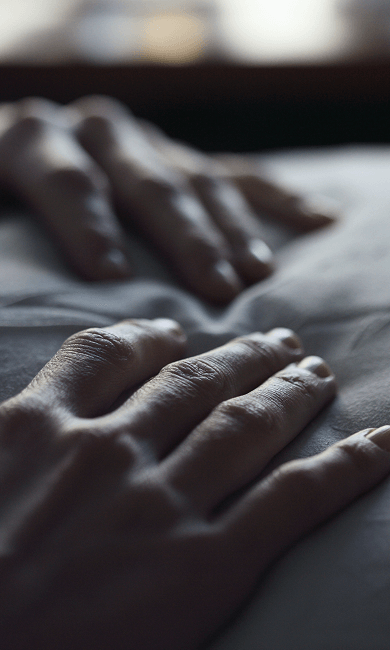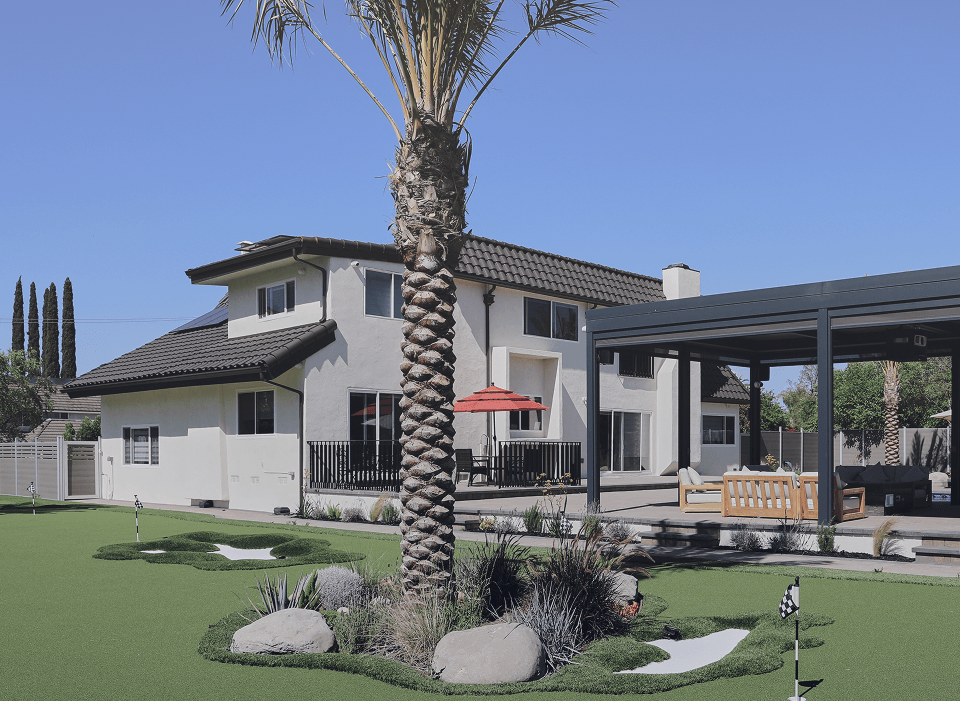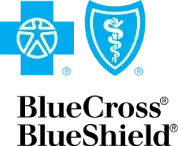
Opioid Addiction Treatment
Opioids are addictive drugs including prescription painkillers and illegal drugs such as heroin. People become reliant on opioids very quickly as opioid intake raises dopamine levels in the brain making individuals feel euphoric.
Scroll
OUD is a chronic but treatable medical condition characterized by altered brain chemistry and compulsive substance use. Modern opioid addiction treatment combines medication-assisted therapy with behavioral health approaches, creating a comprehensive care model that addresses both the physical and psychological aspects of the disorder. Accredited treatment centers utilize these evidence-based strategies to help individuals achieve stable recovery and improved quality of life.

What Are Opioids? Understanding Opioid Addiction
Opioids comprise a group of powerful substances that engage with the nervous system’s built-in pain and pleasure networks. By attaching to specialized receptors along the central nervous system, these compounds significantly influence:
- The way the body detects and responds to pain
- The regulation of mood and emotional states
- The brain’s natural reinforcement pathway
Types of Opioids:
- Prescription Opioids
- Examples: Oxycodone (OxyContin, Percocet), Hydrocodone (Vicodin, Norco), Morphine
- Medical Use: Legally prescribed for severe pain (e.g., after surgery or for cancer)
- Risk: Even short-term medical use can lead to dependence
2. Synthetic Opioids
- Examples: Fentanyl (50-100x stronger than morphine), Methadone
- Medical Use: Fentanyl for extreme pain; Methadone for addiction treatment
- Risk: Illicit fentanyl is driving overdose deaths nationwide
3. Illicit Opioids
- Examples: Heroin, illegally made fentanyl
- No Medical Use: Purely addictive street drugs, often contaminated
- Risk: Frequently mixed with other substances, increasing overdose danger
The National Institute on Drug Abuse reports that approximately 21-29% of patients prescribed opioids for chronic pain misuse them, with about 8-12% developing OUD. This transition from medical use to addiction often occurs gradually as tolerance develops, eventually requiring professional opiate addiction treatment.
Why Are Opioids Addictive?
The addictive potential of opioids stems from their dual action on:
- Pain pathways: Blocking pain signals at the spinal and brain levels
- Reward systems: Triggering dopamine release in the mesolimbic pathway
Chronic use leads to neuroadaptations, including:
- Down regulation of natural endorphin production
- Structural changes in prefrontal cortex function
- Hyperactivation of stress systems during withdrawal
These neurological changes create the hallmark features of OUD: tolerance, withdrawal, and compulsive use despite consequences, all of which require comprehensive opioid dependence treatment.
Types of Opioids
The opioid class encompasses diverse substances ranging from clinically administered pain relievers to prohibited narcotics. These compounds are commonly identified through both their formal pharmaceutical designations and colloquial street terminology.
Here are some common types of opioids:
- Oxycodone
- Brand Names: OxyContin®, Percocet®, Roxicodone®
- Informal/Street Names: Oxy, O.C., Percs, Hillbilly Heroin
- Hydrocodone
- Brand Names: Vicodin®, Lortab®, Norco®
- Informal/Street Names: Vikes, Hydros, Norco
- Fentanyl
- Brand Names (Prescription): Actiq®, Duragesic®
- Informal/Street Names: Apache, China Girl, Dance Fever, Goodfellas
- Methadone
- Brand Names: Dolophine®, Methadose®
- Informal/Street Names: Dollies, Fizzies
- Hydromorphone
- Brand Names: Dilaudid®
- Informal/Street Names: D, Dillies, Dust, Juice
- Oxymorphone
- Brand Names: Opana® (no longer marketed in the US but may still be found illicitly)
- Informal/Street Names: Biscuits, Blue Heaven, O-Bomb, Octagons
- Tramadol
- Brand Names: Ultram®, ConZip®
- Informal/Street Names: Trammies, Ultras
- Heroin:
- Informal/Street Names: Smack, H, Dope, Junk
What Causes Opioid Addiction?
OUD develops through complex interactions of multiple factors:
Genetic Factors
- 40-60% heritability risk according to twin studies
- Variations in opioid receptor genes (OPRM1)
- Differences in drug metabolism enzymes
Psychological Factors
- Co-occurring mental health disorders (50% of OUD cases)
- Childhood trauma (3x increased risk with ACE score ≥4)
- Impulsivity and reward-seeking personality traits
Environmental Factors
- Early exposure to prescription opioids
- Social networks using opioids
- Economic instability and limited treatment access
The intersection of these factors explains why opioid addiction treatment must be personalized to address each individual’s unique risk profile.
Signs and Symptoms of Opioid Addiction
Recognizing symptoms of opioid addiction enables early intervention:
Physical Symptoms
- Marked constriction of pupils (miosis)
- Respiratory depression (8-12 breaths/minute)
- Needle marks or skin infections (IV users)
- Chronic constipation and nausea
Behavioral Signs
- Multiple prescriber visits (“doctor shopping”)
- Frequent loss of prescriptions
- Withdrawal from social activities
- Decline in work/school performance
Psychological Indicators
- Preoccupation with obtaining opioids
- Failed attempts to cut down use
- Continued use despite relationship problems
These symptoms of opioid addiction typically worsen over time without professional opioid use disorder treatments.
When Do You Need Opioid Addiction Treatment?
Opioid addiction treatment becomes essential when drug use begins significantly disrupting daily life. Clear indicators that professional help is needed include:
- Declining physical health due to opioid misuse
- Strained relationships caused by substance abuse
- Difficulty meeting important responsibilities at work, school, or home
- Experiencing withdrawal symptoms when attempting to cut back or quit
Withdrawal effects like nausea, muscle aches, restlessness, and sleep problems strongly suggest the body has become physically dependent. These reactions occur because the brain has adjusted to regular opioid exposure and now relies on these substances to function normally.
When these red flags appear, it’s critical to seek expert addiction treatment immediately. The sooner someone gets professional care, the better their chances of successful recovery.
Types of Opioid Addiction Treatment Options
Successful opioid addiction treatment requires a dual approach addressing both physical dependence and psychological patterns. Contemporary healthcare provides multiple scientifically-validated options tailored to personal circumstances.
- Medication-Assisted Therapy (MAT)
FDA-approved medications serve as the cornerstone of treatment by:
- Normalizing brain chemistry to minimize cravings
- Alleviating discomfort during withdrawal
- Neutralizing the rewarding effects of opioid use
These pharmacological tools are most effective when integrated with complementary therapies.
- Behavioral Health Interventions
Specialized counseling modalities include:
- Cognitive restructuring to modify destructive thought cycles
- Motivational enhancement techniques to foster commitment to change
- Trauma-focused therapies addressing underlying psychological wounds
These approaches equip individuals with sustainable coping strategies.
- Clinical Care Settings
Structured treatment environments provide:
- Medically-supervised withdrawal management
- Residential programs offering continuous therapeutic support
- Intensive outpatient services with structured schedules
- Hospital-based care for co-occurring medical conditions
Optimal outcomes are achieved through personalized combinations of these approaches, carefully matched to each patient’s clinical profile and recovery goals.
Medications for Opioid Use Disorder (MOUD)
Medications for Opioid Use Disorder (MOUD) form the foundation of modern addiction treatment, offering FDA-approved solutions to support recovery. These pharmaceutical interventions work through distinct mechanisms to stabilize brain function, minimize withdrawal discomfort, and prevent relapse.
Primary Treatment Medications:
Buprenorphine
- Functions as a partial opioid agonist, providing relief without full intoxication
- Available in multiple forms including sublingual films and monthly injections
- Contains built-in safety features that reduce overdose risk
Methadone
- A carefully regulated full agonist medication
- Administered through certified treatment programs
- Particularly effective for long-term maintenance therapy
Naltrexone
- Completely blocks opioid receptors
- Offered as a monthly injection for consistent protection
- Ideal for patients who have completed detoxification
Clinical evidence demonstrates that MOUD leads to:
- Higher treatment completion rates compared to non-medicated approaches
- Dramatic reduction in overdose fatalities
- Improved physical health and reduced disease transmission
- Better social functioning and employment outcomes
- Lower rates of legal system involvement
These medications work best when combined with counseling and community support, creating a comprehensive approach to sustainable recovery. By addressing the biological aspects of addiction, MOUD provides the stability needed for individuals to fully engage in the recovery process.
Counseling and Behavioral Therapies
Behavioral therapies serve as essential complements to opioid treatment medications in comprehensive opioid addiction rehab programs. These evidence-based interventions help individuals restructure thought patterns and behaviors while developing crucial recovery skills.
- Cognitive-Behavioral Strategies
Behavioral therapies serve as essential complements to opioid treatment medications in comprehensive opioid addiction rehab programs. These evidence-based interventions help individuals restructure thought patterns and behaviors while developing crucial recovery skills.
- Motivational Enhancement
Through structured counseling sessions, individuals examine their personal motivations for change while working through ambivalence about recovery. This approach has proven particularly effective in early treatment phases.
- Family Systems Therapy
Since addiction affects entire families, this approach focuses on rebuilding trust and establishing healthy boundaries – critical components of successful opioid addiction recovery. Treatment teams educate relatives about the disease process while creating supportive home environments.
Support Systems and Recovery Services
Achieving sustainable freedom from opioid dependence requires a robust network of support services that extend beyond clinical treatment. Effective rehabilitation programs incorporate multiple evidence-based components designed to reinforce sobriety and promote successful reintegration into daily life.
Group therapy sessions serve as a powerful therapeutic tool, creating a safe space where individuals benefit from mutual understanding and collective wisdom. These sessions foster connection among participants who share similar struggles, reducing feelings of isolation while providing real-world strategies for maintaining recovery.
Professional case management plays an equally vital role by addressing the practical challenges that often hinder progress. Specialists work closely with individuals to secure stable housing, develop employment skills, navigate legal systems, and access community resources. This comprehensive support system removes common obstacles to recovery while helping rebuild the structure and stability essential for long-term success.
The most effective programs combine these psychosocial supports with clinical treatments, creating a holistic approach that addresses all dimensions of recovery – physical, psychological, and social.
How Long Is Opioid Addiction Treatment?
The timeline for effective opioid dependence treatment varies considerably depending on individual needs and response to care. Recovery generally progresses through multiple stages of opioid addiction rehab:
The process begins with medically supervised detox, which generally requires about one week to safely manage acute withdrawal symptoms. Following detox, most patients enter an intensive rehabilitation program, with recommended stays between one to three months depending on clinical needs.
After completing residential treatment, many individuals transition to structured outpatient programs, participating in regular therapy sessions and medical check-ins for several months. For sustained recovery, ongoing maintenance therapy is often recommended, frequently continuing for a year or more. This long-term approach typically combines medication management with counseling and peer support to help maintain sobriety.
The most effective treatment plans remain flexible, adjusting to each patient’s evolving needs throughout their recovery journey.
Practical Steps for Supporting a Loved One
When assisting someone through opioid addiction treatment, consider these evidence-based strategies:
1.Educate Yourself:
- Study the neurobiology of addiction
- Understand medication mechanisms
- Learn about local treatment resource
2.Compassionate Intervention
- Use specific behavioral observations
- Avoid judgmental language
- Present treatment options
3.Ongoing Support Tactics
- Attend family therapy sessions
- Participate in educational programs
- Help monitor medication compliance
- Celebrate recovery milestones
4.Safety Considerations
- Complete naloxone training
- Recognize overdose symptoms
- Establish emergency protocols
- Secure all prescription medications












